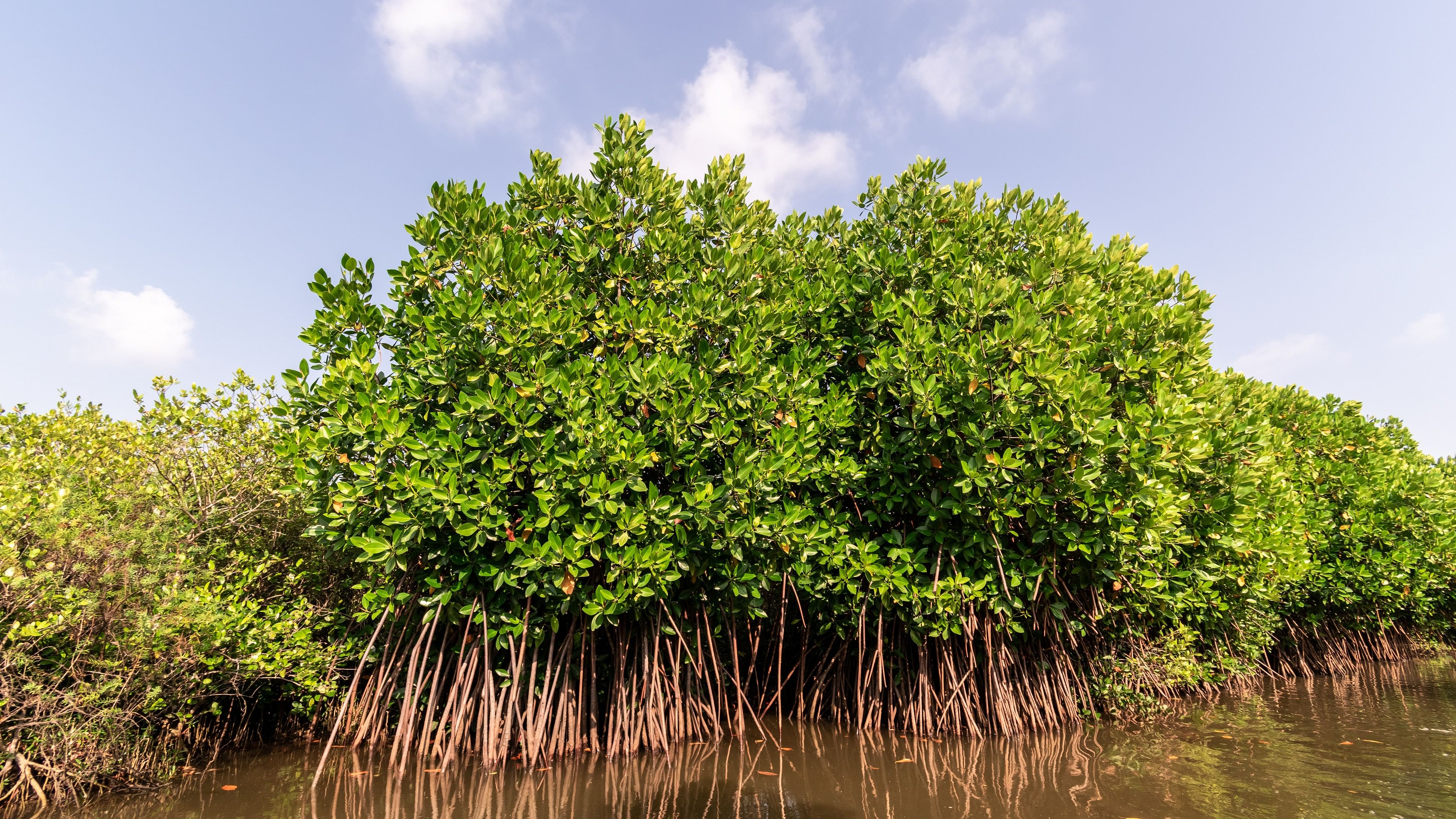
File photograph of mangrove forests in Pichavaram used for representational purposes only
Credit: DH Photo
Bengaluru: Researchers from CSTEP have flagged gaps in funding of nature-based solutions (NbS), impeding the progress of effective interventions in mitigating the impacts of climate change in vulnerable coastal areas, due to poor understanding of the NBS and its role in the existing initiatives.
NbS are sustainable measures aimed at protecting and managing both natural and modified ecosystems. For instance, it involves planting mangroves in the coastal areas instead of building concrete walls to reduce flooding or focusing on eco-friendly solutions for the management of natural resources.
In a compendium on the NBS for climate adaptation in coastal urban areas, five researchers looked into various relevance of NbS in the policies of Union ministries of environment and forest, tourism, agriculture, water resources and others. "Gaps in funding NbS stem from a lack of understanding about NbS. Often, their roles in several existing initiatives remain underappreciated because of inadequate accounting of their ecosystem services," the researchers noted.
Among the major recommendations was improving mangrove cover that has protected the coasts from erosion and floods in the coastal towns. Mangroves have declined over the past few decades largely due to anthropogenic activities.
In Karnataka, as per a survey conducted by the the state-owned Environment Management and Policy Research institute, mangroves on Karnataka coastline declined from 6000 hectare in 1987 to 300 hectares in 1997, a whopping 95% drop in 10 years. Efforts to bring back magroves have slowly yielded fruit, with the extent reaching 1261 hectares as per the Forest Survey of India report for 2021.
The Union government's mangrove initiative scheme has identified 7580.70 hectares across nine states, including 240 hectares in Karnataka, as target area for intervention for the year 2023-24. The results of the initiative are yet to be out.
Funding and monitoring
The researchers said about 94% of the funding for NbS in India comes from government sources. "Moreover, the provision of technical assistance to organisations engaged in NbS lacks an executive committee under the Ministry of Environment, Forest and Climate Change (MoEF&CC) to review and distribute grants, which hindres the exploration of new NbS strategies and models," a note on the financial gaps said.
They also recommended public-private partnership models and financial risk mitigation strategies to incentivise the private sector investment in NbS. "A dedicated monitoring body is needed to manage and track fund disbursement and application. This would ensure transparency and accountability in fund management calls for state-specific reporting and issue-resolution mechanisms," the researchers added.
Indu K Murthy, one of the authors of the compendium, noted that local and site-specific frameworks complemented by larger awareness about among the public will help in implementation of such solutions.
"Instead of an overarching set of rules or guidelines, site-specific frameworks that prove effective in the particular environment are key for expediting NbS. Before that, we need to quantify the effectiveness of NbS to spread awareness on their importance in mitigation and adaptation measures," she said.